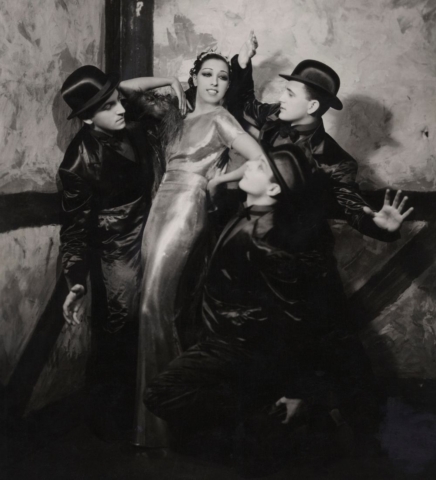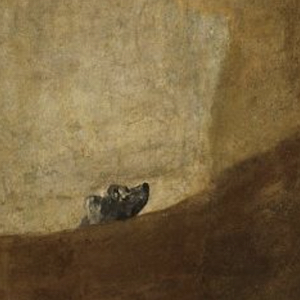The Great British Package Holiday
By Eliza Winstanley
In the 60s, travelling to somewhere like Majorca would have felt like flying to the moon. A seaside trip away to Skegness was about as exciting as it got for regular working Brits in this decade. But by 1972, holidaying abroad to places like Spain and Majorca became exceedingly popular, along with a newfound affordability for foreign travel among the working and middle classes; due to the cultural phenomenon of what we call ‘the package holiday’. The travel boom of the 70s and 80s to southern Europe is caught on camera in this striking compilation. From cold British seaside and summer showers to glorious golden beaches and turquoise swimming pools, the prayers of the brits had finally been answered.
Did your family ever pour over travel brochures in the midst of winter, wishing for summer sun? Originally commissioned for advertisements in travel brochures for companies like Thomas Cook and Skytours, photographer Trevor Clark documented the influx of mass British tourism through an archive of thousands of transparencies developed and curated by his son. Now, a collection of his evocative images finds its place within the pages of a new publication by Hoxton Mini Press, making for a compelling addition to their esteemed Vintage Britain series.
The Package Holiday 1968–1985
The package holiday was a revolutionary idea; it encumbered everything the Brits wanted: from cheap leisure activities, familiar food, the freedom to fully lounge and relax, factor two suncream – and, of course, a never ending flow of alcohol.
It was in the 1970s that the package holiday truly began to take shape, driven by a confluence of factors. Increasing disposable income, coupled with the advent of paid vacations and a burgeoning middle class, provided the impetus for a new era of travel.
Enterprising travel agents and tour operators seized upon this increasing demand, offering all-inclusive holiday packages that bundled together flights, accommodation, meals, and entertainment at an affordable, fixed price. These packages, often marketed as hassle-free and budget-friendly options, appealed to families seeking to escape the monotony of daily life and embark on exotic adventures abroad.
The rise of package holidays also coincided with changing attitudes towards leisure and recreation. Increasingly, holidays were viewed not merely as a luxury but as a fundamental right, a chance to unwind, recharge, and create lasting memories.
As a result, destinations across the Mediterranean, such as Spain, Greece, and Italy, experienced a surge in popularity, as British tourists flocked to sun-drenched shores in search of relaxation and cultural immersion. Hazy days spent by the pool and constant drink refills is a far cry from your caravan holiday in South Wales.
With Hasselblad medium format film camera in hand, Clark’s lens captured the essence of a bygone world; where families basked in the Mediterranean sun, sipping cocktails and noshing on all-you-can-eat buffets. During the peak of package holidays, Clark’s photography wasn’t merely about capturing scenes but choreographing them with a hint of drama.
Nevertheless, these moments are captured in glorious technicolour using Ektachrome film, in which towering hotels and modernist concrete balconies are illuminated by a certain 70s British kitschness. The almost gaudy quality of the photographs is steeped in nostalgia, offering a strange yet warm familiarity framed by a vivid palette.
They evoke memories of sparkling chlorinated pools, air permeated with the scent of sweat and sunscreen and the sound of clinking cocktail glasses. A world where carefree lounging and indulgent buffets fill up your days.
Whether it was a girl lounging on a chair or a group of travellers enjoying a moment at a bar, his subjects emanated a natural, relaxed vibe. Occasionally, he used props like palm leaves to enrich the tropical atmosphere or establish a sense of location where necessary.
Trevor Clark not only immortalised the emergence of new hotels but also the vibrant and exuberant spirit of holidaymakers reveling in the newfound accessibility of travel and the freedom that it offered, thanks to cheap flights and all-inclusive holiday packages. This book curated by Clark’s son, Jake Clark, is a beautiful form of social documentation; one that celebrates the innate joyfulness and sense of community in these institutions.
Night Golf, 2001, oil paint and objects on board, 61×61 cm, by Jake Clark was inspired by one of the photographs taken by his father, Trevor Clark
Clark now even uses his father’s work as inspiration for his own paintings which focus on the form, colour and unique compositions of these photographs, included in the foreword of the book. His upbringing in these areas and the influence of his father’s eye for form and colour are palpable in both the vivacity and movement of his paintings.
In the modern era, package holidays have undergone significant scaling up and evolution, driven by technological advancements, changing consumer preferences, and global tourism trends. They offer a wider range of choices, flexibility, and enhanced convenience while maintaining the core appeal of ease and simplicity.
Curated by Jake Clark with a foreword by Jan-Carlos Kucharek, The Package Holiday is a conduit to a world of escapism and leisure, forever immortalising the heyday of the British package holiday; a cultural institution as quintessential as beans on toast.
The Package Holiday 1968–1985 compiled by Jake Clark with a foreword by Jan-Carlos Kucharek
Published 15 February 2024 by Hoxton Mini Press
If you enjoyed reading The Great British Package Holiday, why not read “High & Low”: The Rise, Fall, and Reflections of John Galliano
Cent Magazine London, Be Inspired; Get Involved













